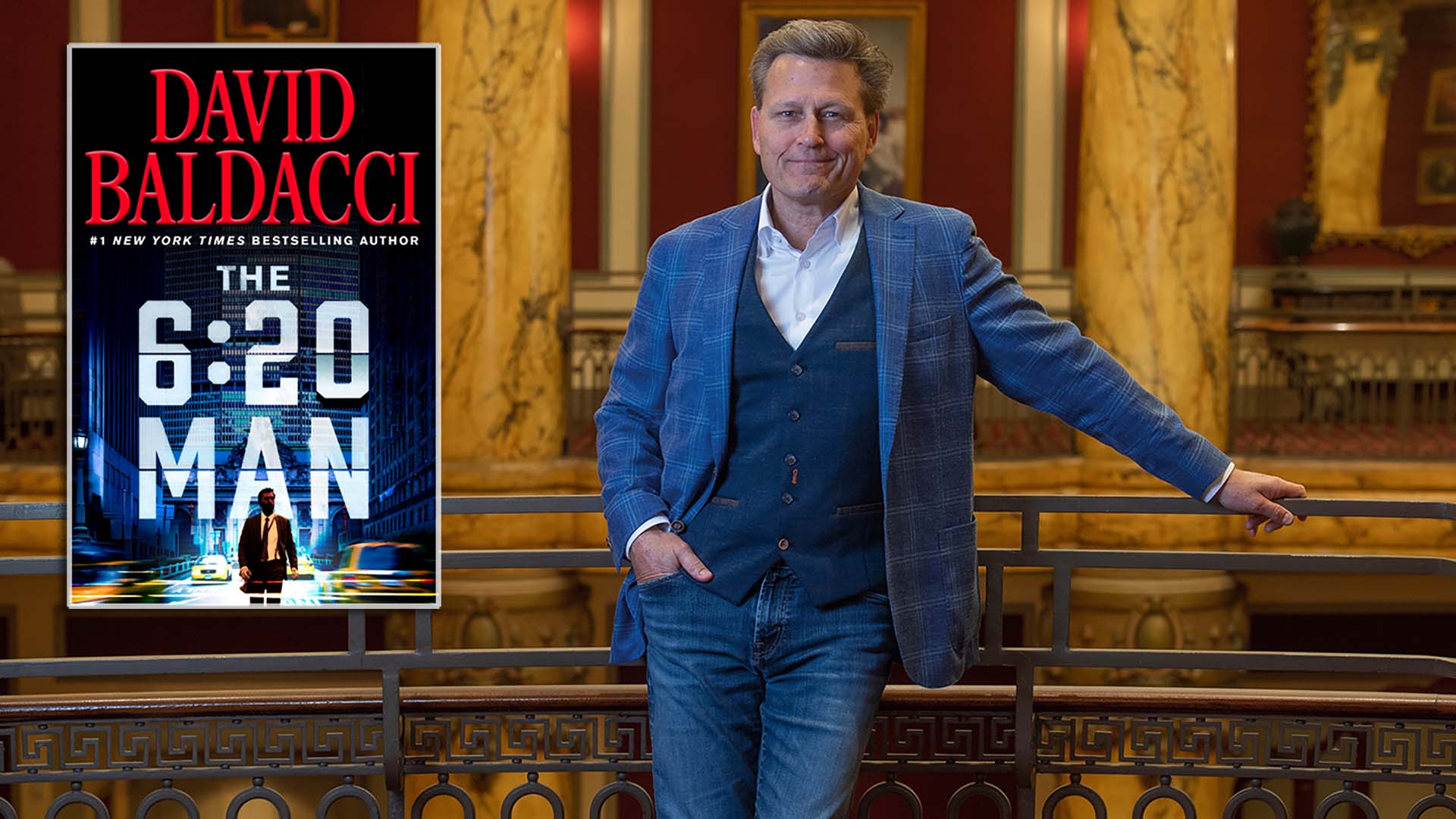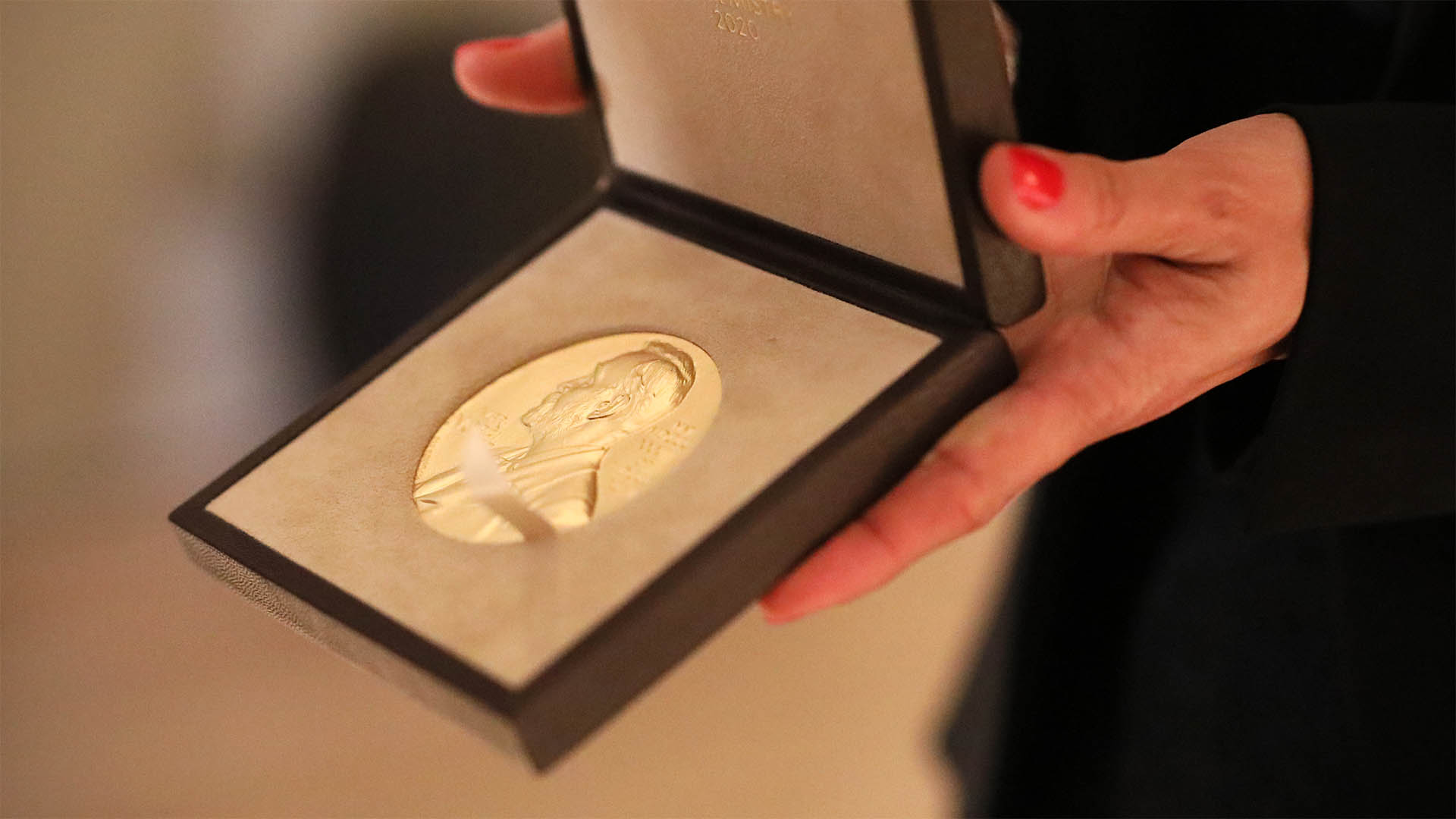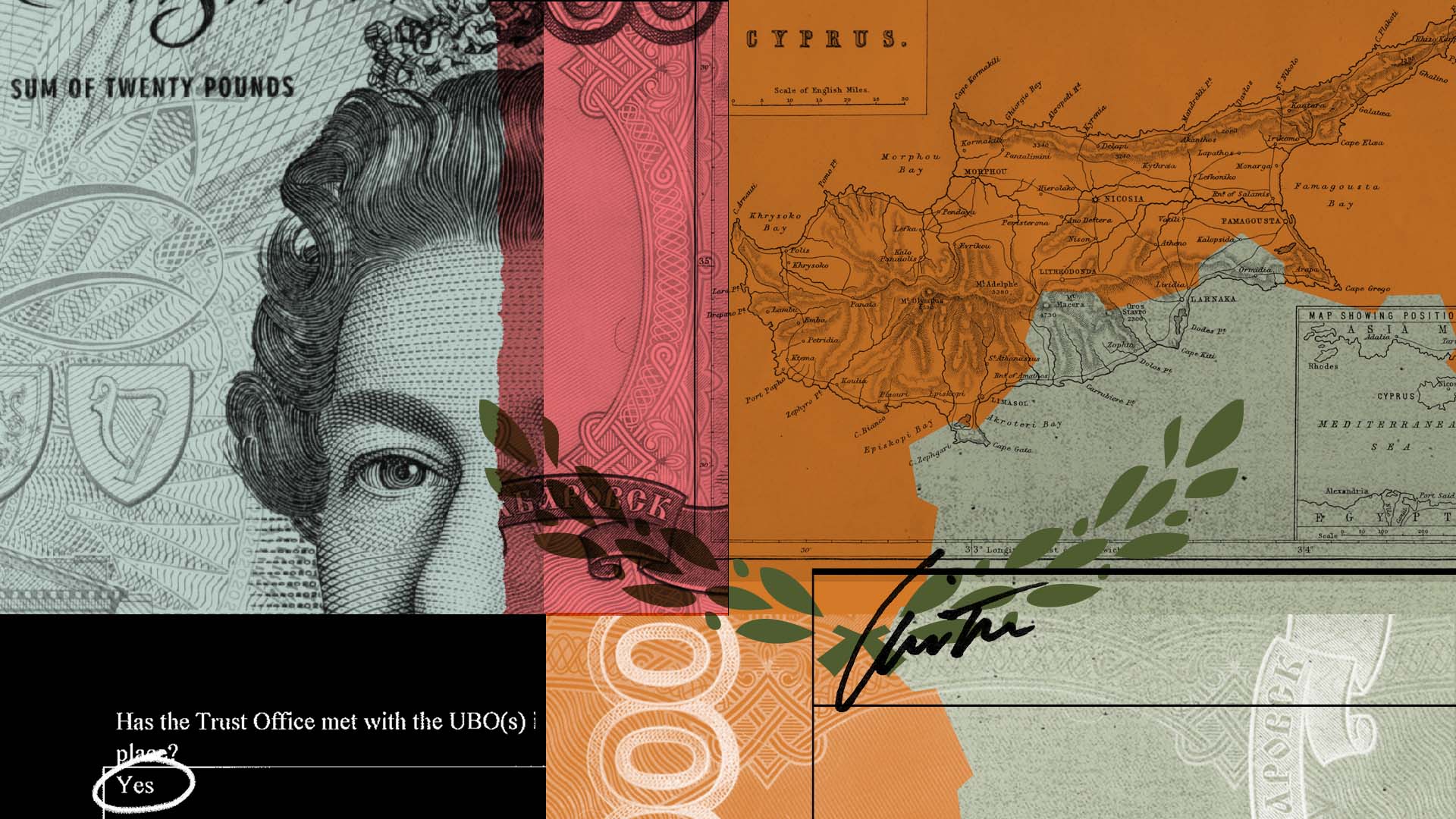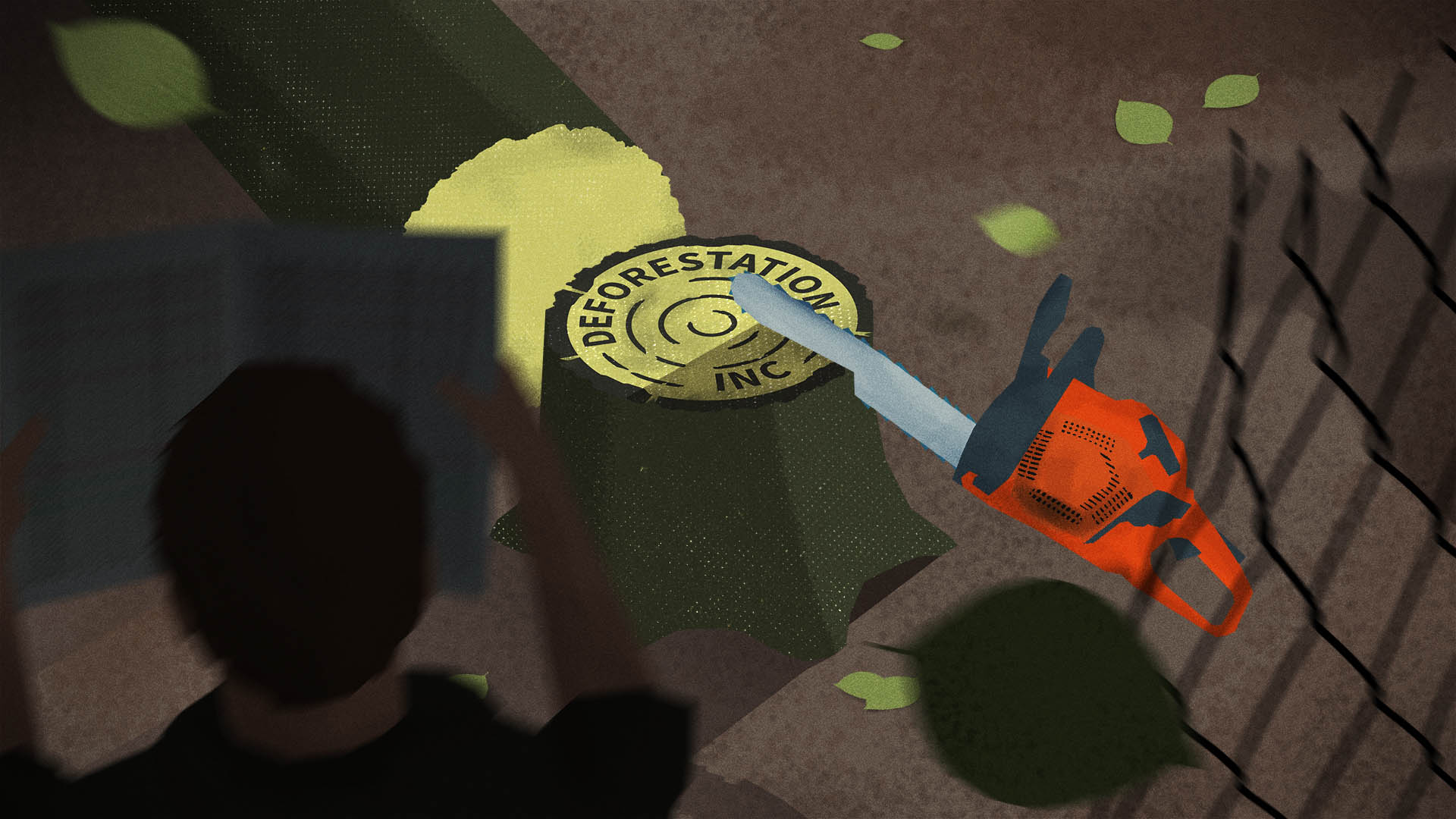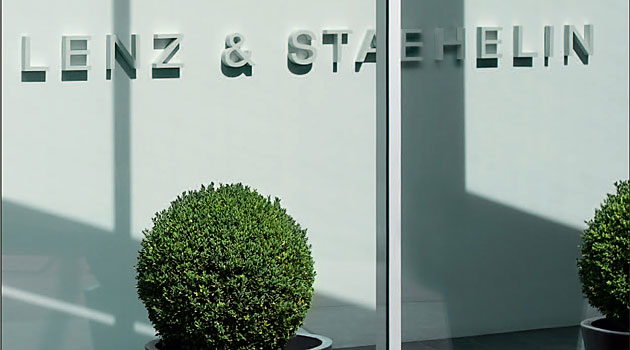
Thyssen, Sachs and Rothschild are among Switzerland’s largest law firm clients.
Little did Zurich-based lawyer Peter Hafter imagine how things would turn out when he ordered a $2,700 offshore kit to create a front company in the Cook Islands on September 13, 1993. Twenty years on from that day, the fax he sent, the ensuing emails and all his business correspondence with Portcullis TrustNet in Rarotonga, the largest island in the archipelago, have been copied and passed on to journalists around the world.
Nor did the lawyer imagine that the internal revenue service would then reopen the case of one of his clients, and yet that is precisely what the spokesperson for the tax authorities in Berne, Yvonne von Kauffungen, announced on Thursday. This announcement was triggered by the publication of a preview based on our investigations into two decades of correspondence between Portcullis TrustNet and Peter Hafter.
Matin Dimanche and SonntagsZeitung have reviewed hundreds of pages of confidential documents that are part of a cache of 2.5 million files obtained by the International Consortium of Investigative Journalists – probably the largest set of confidential financial data ever disclosed to the media.
Switzerland under pressure
The files offer a first ever glimpse of how Swiss lawyers and trusts from Geneva to St. Gallen helped clients the world over establish offshore firms and trusts to protect their assets from the taxman or over-zealous heirs. “People don’t set up this kind of structure out of altruism, but to gain a profit,” says Christian Wanner, one of Switzerland’s leading authorities on tax collection.
The offshore files show the role not only of Swiss banks but also of Swiss lawyers in helping foreign clients set up secretive offshore entities.
“Someone who has set up dozens of offshore firms for foreign clients obviously risks becoming a target for foreign tax inspectors,” predicts Beat von Rechenberg, the president of the Swiss Bar Association. Of his 9,000 members he estimates that only two to three hundred are likely to be involved. “But, a bit like banking, our profession is going through a paradigm shift,” Beat von Rechenberg says.
Let’s go back to our lawyer and his fax. He is just one of the many Swiss middlemen who feature in the offshore files. The documents show how Peter Hafter helped arrange the financial affairs of some of Europe’s wealthiest individuals – for example the banker Elie de Rothschild and industrialist Hans Heinrich Thyssen – by setting up business entities in tax havens such as Panama, the British Virgin Islands, Luxembourg and Liechtenstein. This is known as “asset protection” in commercial legalese, but some experts say it’s tax avoidance and evasion.
Peter Hafter, who is now 83, is not just anyone. Prior to his recent and gradual retirement, he was one of the mainstays of Lenz & Staehelin, the largest law firm in Switzerland, which has offices in Geneva, Lausanne and Zurich. It employs more than 150 attorneys.
On September 15, 1993 Peter Hafter called for the first time – but by no means the last – on the services on Portcullis TrustNet. From Zurich, over 10,500 miles away, he opened a limited liability company called Triton Limited on the island of Rarotonga, somewhere in the middle of the South Pacific between New Zealand and Hawaii. His client? The famous Gunter Sachs, a German-born photographer and heir to the Opel dynasty (Opel cars), Brigitte Bardot’s ex-husband and a Swiss citizen since 1976. Yet Gunter Sachs does not feature in any of Triton’s official documentation. Its directors are Peter Hafter and two of Sachs’ trusted associates. On paper it is they who own the company’s 2,000 bearer shares.
Peter Hafter also set up a second front company called Tantris Limited along with four trusts – Parkland Oak, Moon Crystal, Espan Water and Sequoia – all of them incorporated in the Cook Islands between May 18, 1994 and July 22, 1996. These firms were created to host a substantial share of Gunter Sachs’s fortune. Peter Hafter is a trustee of all four, meaning that he is not acting for himself, but for the beneficiaries – who are none other than Rolf, Christian Gunnar and Claus Alexander “Halifax”, Sachs’s three sons. Yet, Gunter Sachs himself was a beneficiary of at least two of the funds and thus had access to the money.
Trusts run from Geneva
A “special arrangement” was found to keep the name of the settlor (Gunter Sachs) secret according to a memo dated April 4, 1999. He was therefore swathed in secrecy, anonymous amid the anonymity of the Cook Islands. He retained control of the funds, though, which were managed until his death by a Geneva-based company called Galaxar SA. Another trust, Triton Trust, was set up as late as April 2007.
Things began to heat up in 2008 when Gunter Sachs moved his domicile back to Switzerland after a brief interlude in London. Lenz & Staehelin prepared a dossier for the Swiss tax authorities in which Sachs declared a fortune of around $500 million. However, the most recent tax returns reviewed by Matin Dimanche and SonntagsZeitung make no mention of any of the five trusts, or the two front companies, or the firm in Panama.
Nor is there anything about several other companies belonging to Gunter Sachs, despite official documents proving that they contained millions of dollars’ worth of assets. This is notably the case of K-Buchs and K-Erlen, both registered in Luxembourg and both absent from his tax return. According to some of his former friends, the photographer was at least as good a businessman as he was a ladies’ man, and former Galaxar employees hint that he had “much more” than the $500 million he declared to the tax authorities in Berne. Despite his flourishing business, Sachs paid no income tax in Switzerland, just $3 million in wealth tax.
A further eyebrow-raiser is the photographer’s inheritance inventory, which was drawn up by his Swiss attorneys and is dated July 2012. This document estimates the value of the works of art belonging to Sachs at only $51 million. Yet six weeks earlier, on May 22 and 23, 2012, Sotheby’s of London sold 260 pieces from the photographer’s private collection – only a part of the whole – for far more than that, fetching $65.5 million. A self-portrait of Andy Warhol from 1986 sold for $8.5 million, a flower painting went for $5.8 million, and a portrait of Brigitte Bardot, also by Warhol, was auctioned for $4.8 million. There is no trace of the income from these sales in the tax documents we have seen.

Masterpieces
Peter Hafter also established 18 trusts in the Cook Islands for Baron Elie de Rothschild, the founder and former president of the Rothschild Bank in Zurich, who died in 2007. The famous lawyer declined to comment on this case. He also declined to explain his role in setting up companies for art patron Carmen Thyssen-Bornemisza, wife of the German steel manufacturer Baron Hans Heinrich Thyssen.
Peter Hafter even reinvented himself as an art buyer for them. Fond of Old Masters, horses and women, Baron “Heini” became a Swiss citizen in 1950 and lived in Lugano. His private collection was already world-famous when he married his fifth wife Carmen, Miss Spain in 1961 and ex-wife of the American actor Lex Barker (Tarzan, 1949-53).
Alongside her passion for small dogs and liking for cigarettes, Carmen quickly became an art expert. In the 1990s she persuaded her husband to sell a large part of his vast collection of over 1,000 works of art to the Spanish state for $350 million. The baron then set up five trusts in Bermuda to host the remaining masterpieces and bequeath them to his wife and children, each trust named after a major painter. The Carvaggio Trust was in Carmen’s name, according to her lawyer.
A safe in Zurich
At the same time, a firm called Nautilus Trustees Limited was set up in the Cook Islands to enable Carmen to secretly purchase other paintings. She was the firm’s beneficiary, but remained in the background. The directors included Peter Hafter of Lenz & Staehelin and the Zurich-based lawyer Patrick Oesch. Nautilus’s bearer shares were sent to Lenz & Staehelin for storage in a safe in Zurich.
In a memo dated July 18, 1996, Puai Wichmann of Portcullis TrustNet sent on the correspondence he had received from Nautilus Trustees Limited in Rarotonga in the Cook Islands to Lenz & Staehelin in Zurich as agreed. The letter concerned the purchase of a painting for $751,550 three weeks earlier. “Please find enclosed various items of correspondence from Sotheby’s, in particular one relating to the purchase of ‘Water Mill at Gennep’ by Vincent Gogh [sic].”
However, Vincent van Gogh’s oil painting did not end up in Rarotonga or Zurich. Instead, it made its way to the Thyssen-Bornemisza Museum in Madrid in late 1996. From July 1995 to November 2002 the Thyssens carried out about twenty operations of this kind through their Nautilus hub, with a detour via the Buque Anstalt in Liechtenstein.

A billion in Bermuda
Despite having sold 775 works of art to the Spanish state ten years earlier, in 2002 Carmen found herself at the head of one the world’s largest private collections containing 655 works officially valued at €541 million ($706 million). A judgment by the Supreme Court of Bermuda on March 12, 2013, which Le Matin Dimanche has obtained, values the assets of a trust associated with Carmen, the Gauguin Trust, at about $1 billion.
The Swiss and Spanish tax experts we have interviewed identify a clear motive for this sleight of hand involving the Cook Islands and Bermuda. If Carmen Thyssen owned the works in her private collection directly, they would have been subject to Spain’s 2.5% wealth tax. To put it plainly, her lawyers’ smart advice has saved her between 10 and 20 million dollars per year, and according to the Spanish attorney Jaime Rotondo, she pays no wealth tax on her paintings in Ticino, where she is once more officially domiciled. The trusts therefore enable her to save at least $2 million per year, more than covering the few dozen thousand dollars she spends each year to keep these firms running.
Last year she sold John Constable’s painting The Lock for $36 million via a company called Omicron Collections Limited, registered in the Cayman Islands. It was very painful to sell the work, she told the BBC, but she had “no liquidity.” However, there seems to be a problem with this sale too. In order to escape Swiss wealth tax, the Caravaggio Trust is clearly irrevocable, and Carmen therefore has no access to its contents – except when she needs liquidity. The Ticino tax authorities declined to comment on the matter. As for Peter Hafter, he has not been Mrs. Thyssens’ lawyer for nearly ten years now.
University professor
At least five other lawyers at Lenz & Staehelin have helped clients set up firms in offshore jurisdictions. “This type of arrangement has long been a national sport,” confirmed a Genevan banking law professor, who wishes to remain anonymous despite having nothing to do with this business. However, some academics seem to have turned this “sport” into something of an academic discipline. Max Baumann, a lawyer and professor at the University of Zurich until 2011, was legal advisor of the After Trust, registered in the Cook Islands on October 31, 2002, for the famous Italian producer Goffredo Lombardo. Among other films, Lombardo produced The Leopard starring Burt Lancaster and Alain Delon.
All After Trust’s bearer shares were placed in a company called Itaglio Services in Great Britain. These assets are worth about $7.5 million and are hidden away in a Zurich bank safe. This was all run from a company in Rarotonga and handed down to Goffredo’s son Guido after the elder Lombardo’s death in 2005. Professor Max Baumann declined to answer our questions.
Heads or tails
As for Peter Hafter, he championed a slightly different position three years ago. In an article about the future of Switzerland as a financial centre published on February 28, 2010, he explained that many Zurich-based wealth management firms were acting through structures set up with the help of trustees in Liechtenstein and other offshore centres. “Not all these trusts with bank accounts in Switzerland are used to avoid tax – but probably most of them are,” Peter Hafter said at the time.
Translation by Simon Pare. This story was also published in Matin Dimanche and SonntagsZeitung.

